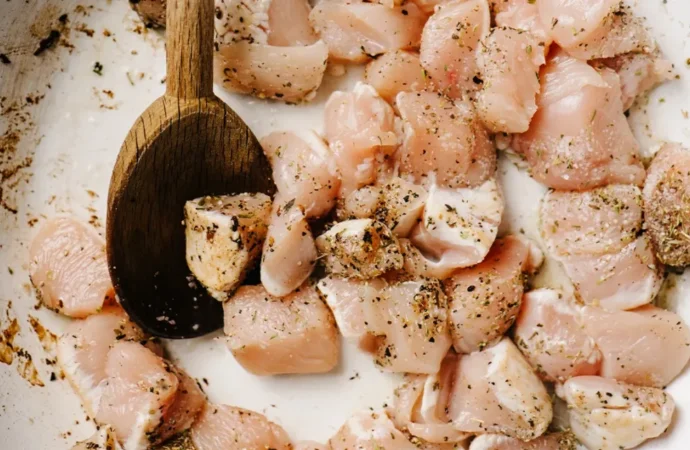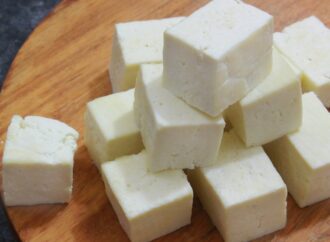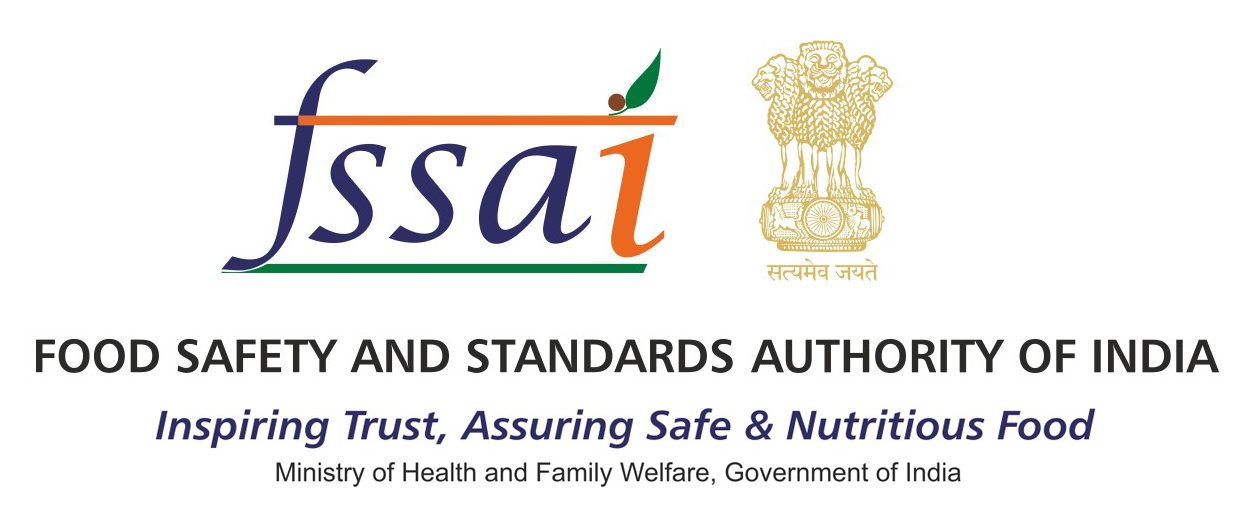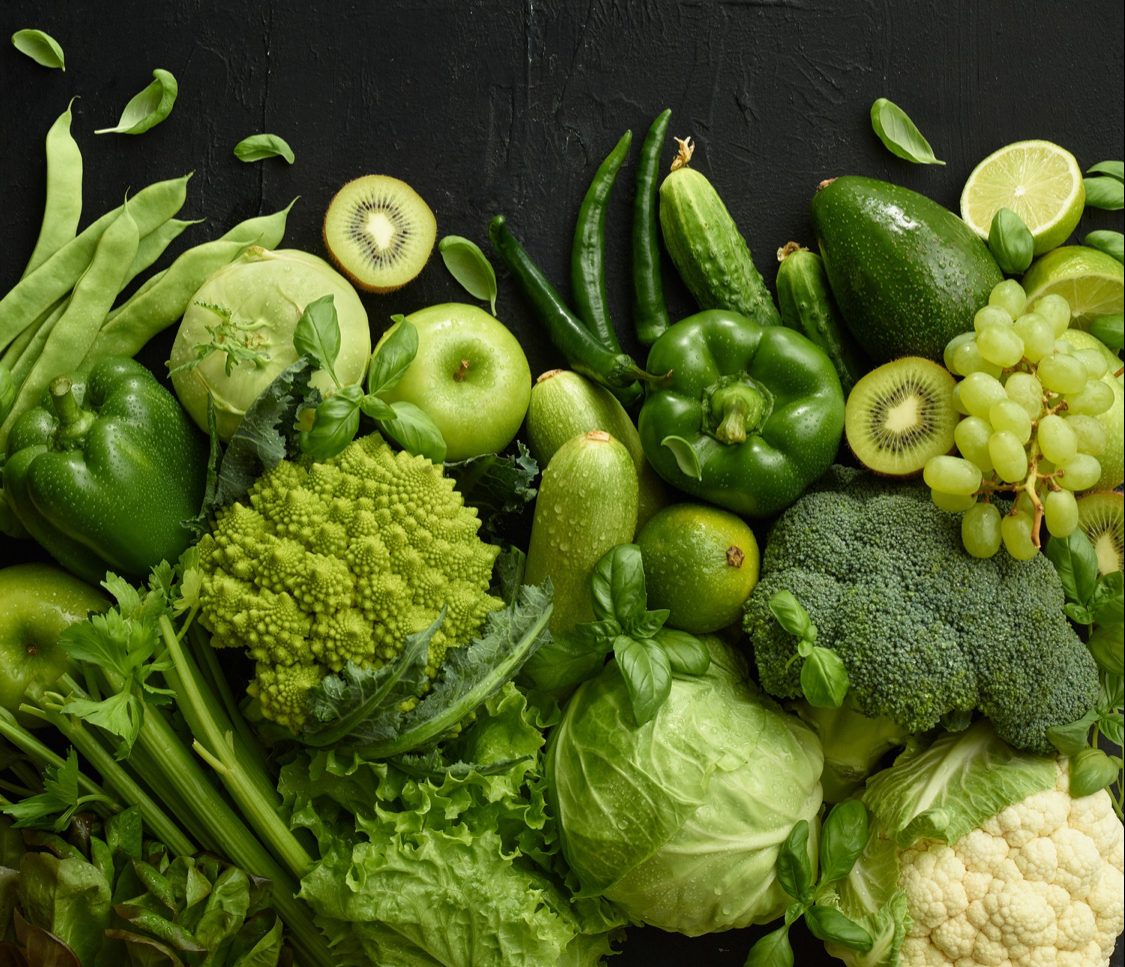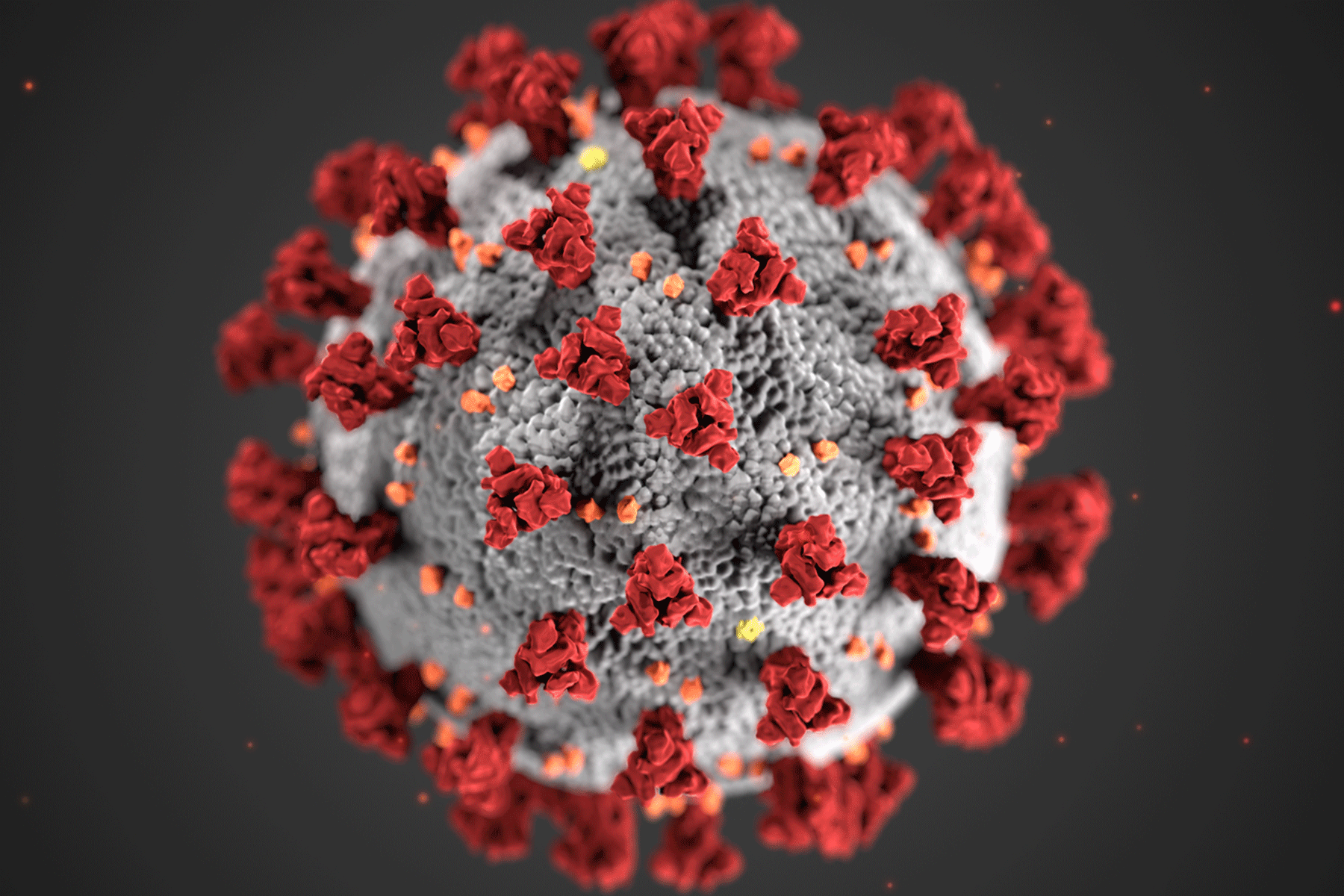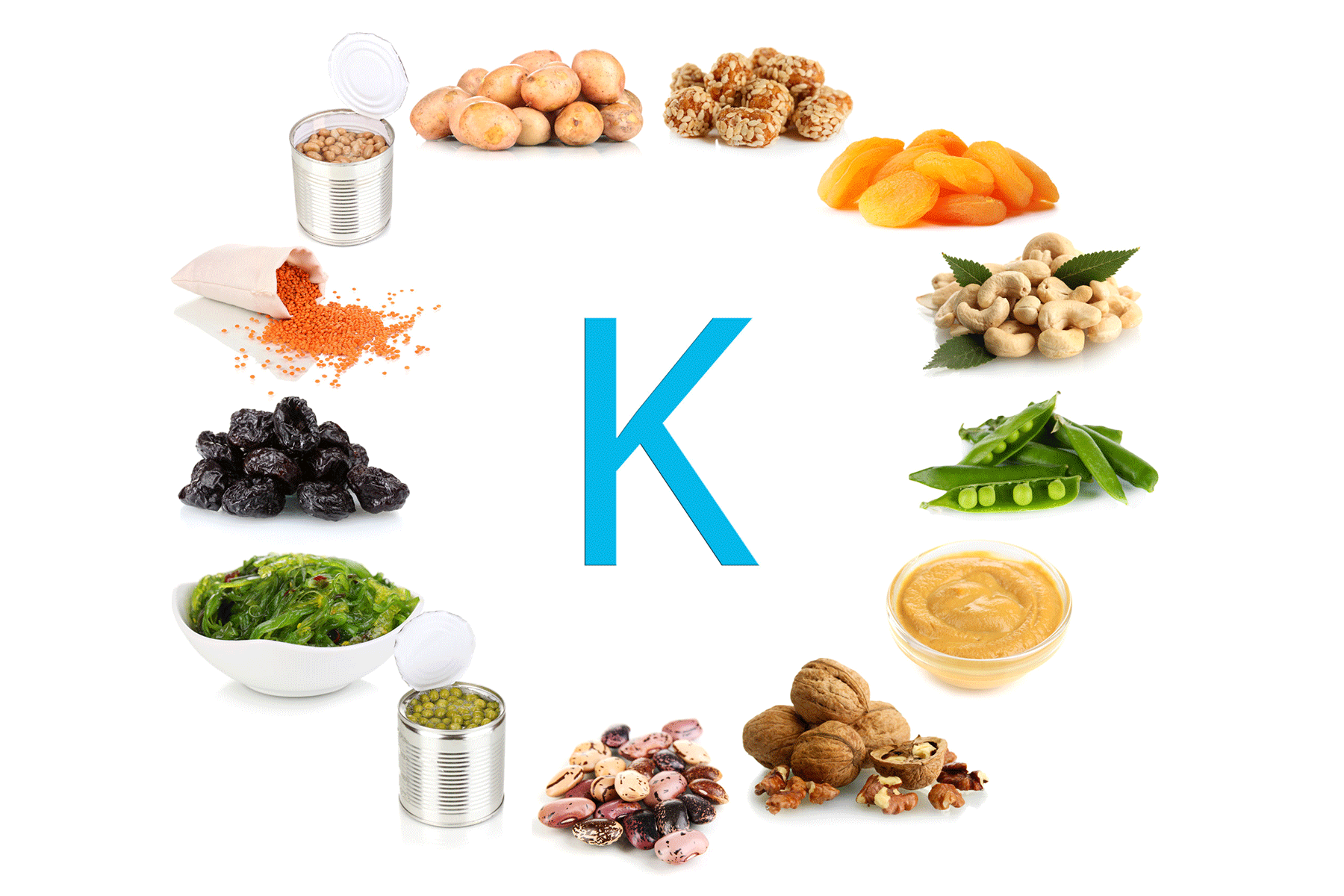Chicken is a global kitchen staple, cherished for its versatility, high protein, and affordability. Yet, like all meat products, it’s highly perishable and can pose serious health risks if not handled or stored correctly. Spoiled chicken can harbour dangerous bacteria like Salmonella, Campylobacter, or Listeria, leading to foodborne illnesses with symptoms like vomiting, diarrhoea, and fever. In severe cases, especially for vulnerable individuals, these illnesses can be life-threatening. Therefore, knowing how to spot spoilage signs is crucial for food safety. This article will help you identify unsafe chicken and ensure that what you serve is safe to eat.
Key Indicators of Fresh vs. Spoiled Chicken
Recognising what fresh chicken looks, smells, and feels like is the first and most critical step in preventing foodborne illness.
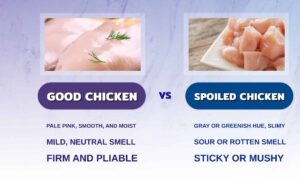
Appearance and Colour: The Visual Test
Fresh raw chicken should be light pink with moist, glossy flesh and white fat. If the meat turns grey, green, or yellow, it’s a strong sign of spoilage and must be discarded. While slight darkening from air exposure (oxymyoglobin) is natural, drastic colour changes or visible mould mean immediate disposal; unlike bread or cheese, you cannot safely cut mould off meat as contamination spreads throughout. Cooked chicken should be uniformly white. Any grey or green tinges or mould after cooking and storage indicate spoilage, requiring immediate discard.
Smell: Your Nose as a Warning System (with Caveats)
Fresh chicken has little to no odor. A strong, unpleasant smell—especially one that’s sour, rancid, or sulfur-like (rotten eggs)—is a clear sign of spoilage. However, not everyone can detect odour changes consistently, and some spoiled chicken may not have a noticeable smell. It’s vital to combine this method with visual and tactile checks, as strong marinades or perfumes can also mask odours.
Texture: The Tactile Test for Spoilage
Fresh raw chicken should feel smooth, soft, and slightly moist. If it feels slimy, sticky, or tacky, even after rinsing, it’s likely spoiled and must be discarded. This slimy residue is often a byproduct of bacterial growth. Cooked chicken should have a firm, slightly drier texture. If it feels wet, mushy, or sticky when you touch or cut into it, it’s no longer safe to eat.
Understanding Bacterial Growth and the “Danger Zone”
Changes in chicken’s colour, smell, and texture are symptoms of a deeper issue: bacterial growth. Harmful bacteria can multiply rapidly in improperly stored chicken, even before spoilage becomes visible. Understanding how temperature affects food safety, particularly the “danger zone,” is paramount.
Bacterial Growth and the “Danger Zone”
Chicken is highly vulnerable to contamination when it sits in the temperature danger zone—between 40°F (4°C) and 140°F (60°C). Within this range, bacteria like Salmonella and Campylobacter multiply rapidly, significantly increasing foodborne illness risk. Follow these quick safety guidelines:
- Never leave raw or cooked chicken at room temperature for more than 2 hours.
- Cooked chicken must be stored at or below 40°F (4°C) and eaten within 3–4 days.
- Raw chicken should be stored in the fridge for only 1–2 days or frozen for a longer shelf life.
Dates Matter: Use-By vs. Pack Date
When buying chicken, always check the date. You may see two types:
- Pack Date: The date the chicken was packaged, primarily for retailers.
- Use-By Date: The date by which the product should be used for best quality and safety.
Always prioritise the use-by date. If you won’t cook chicken within 1–2 days of purchase, freeze it immediately to prevent spoilage.
Optimal Storage Tips for Chicken Safety
Proper storage extends chicken’s shelf life and prevents harmful bacterial growth.
- Buy chicken at the end of your grocery trip to reduce warm temperature exposure.
- Keep it sealed tightly and refrigerate or freeze it as soon as possible.
- Write the purchase date on the packaging before freezing to track it.
- Frozen chicken can last up to 9 months with proper storage, though quality may degrade over time.
Health Risks and Prevention Strategies
Ignoring spoilage signs or storage guidelines can have serious health consequences. Consuming spoiled chicken can lead to illnesses such as Salmonella or Campylobacter infection and general food poisoning with symptoms like vomiting, diarrhea, and fever. In severe cases, complications like kidney stones or heart issues can arise from related conditions, especially from highly processed poultry products. This makes proper handling, storage, and inspection non-negotiable.
The best way to avoid foodborne illness is through prevention. In addition to spotting spoilage and storing chicken correctly:
- Reheat leftovers to at least 165°F (74°C)—use a food thermometer to confirm.
- Avoid cross-contamination by sanitizing surfaces and washing hands after handling raw chicken.
- Don’t rinse raw chicken under running water—it can spread bacteria to nearby surfaces through splashing.
These habits ensure your meals are not only delicious but also safe.
Conclusion
The real danger with spoiled chicken lies in how easy it is to overlook subtle warning signs—a slight color change, a faint smell, or a sticky texture might seem harmless but can signal serious contamination. With foodborne illnesses like Salmonella and Listeria on the rise, particularly from improperly stored or expired poultry, the consequences of eating spoiled chicken can be severe.
The good news? You can avoid this risk entirely by learning to identify spoilage signs (changes in color, texture, and smell) and practicing proper storage habits. Always check use-by dates, store chicken at the right temperature, and freeze what you won’t use right away. When in doubt, throw it out. It’s a small action that could save you and your family from a major health scare. Stay informed, stay cautious, and enjoy your meals with peace of mind.
 Food Manifest
Food Manifest 